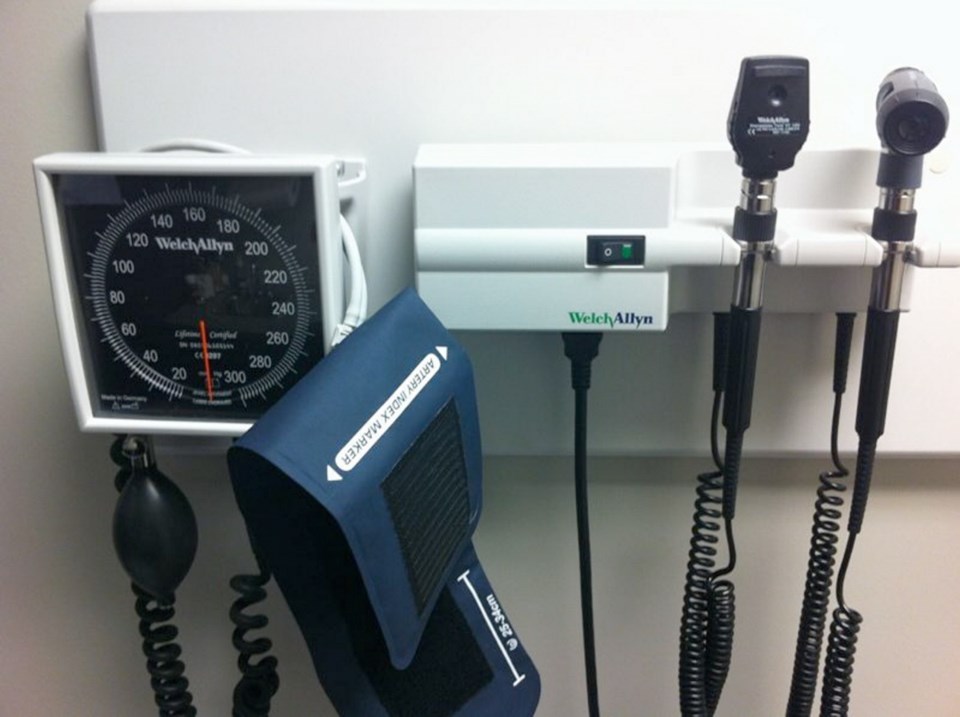A commentary by a former family practice doctor.
COVID-19 will only be controlled by good public health ÔÇö and despite glowing acclaim, CanadaÔÇÖs public health efforts have been inadequate from the beginning.
There has been no attempt to do more than flatten the curve. Why did Canada not pursue the goal of elimination like South Korea, Taiwan, China, Hong Kong, Vietnam, Singapore and Cambodia ÔÇô all countries that, like Canada, learned a great deal from the 2003 SARS epidemic?
Basic practice included mandatory masks, closure of indoor service, frequent testing and apps to contact trace. The lack of these measures is showing as B.C. enters its second wave.
There were, and still are, many unanswered questions about COVID.
Some crucial ones, like the method of spread, are difficult to prove without deliberately infecting real people, so we are left to reach important conclusions based on common sense, science and past practice.
I was a family practice doctor for 30 years in a small B.C. town. I strongly believe that respiratory infections ÔÇô the common cold, influenza, tuberculosis, measles and similar RNA corona viruses (SARS and MERS) ÔÇô are spread almost exclusively by aerosol.
Aerosols are droplets of water that are expelled at rates greater than 1,000 a minute with normal breathing. Speech, spitty speech, singing, shouting, coughing and sneezing each result in an exponential increase in droplet number. Breathe on your glasses to see it live.
Water droplets containing virus are called virions and are more infectious in cold weather due to the low humidity producing smaller water droplet size. We are indoors much more.
Virions remain suspended in still air indoors for seven to 14 minutes. Being in an enclosed space with an infected person is 18 times riskier than being outdoors. Forget two-metre distancing and arbitrary time limits of 10 or 15 minutes.
The only way COVID-19 could spread to every country in a few months is by aerosol.
There has been no scientific proof of spread from contaminated surfaces. Infections typically spread this way and via food are called fecal/oral organisms. Typhoid, cholera, hepatitis A, stomach ÔÇ£fluÔÇØ and gut infections on cruise ships are just some examples.
All infected with COVID are asymptomatic and can spread the virus in the incubation period, two to 10 days. At least 60 per cent of those infected never develop symptoms and spread the virus for about two more weeks.
Children are super spreaders in every other respiratory viral infection. They donÔÇÖt often get sick nor tested. In the United Kingdom, only 10 to 15 per cent of 20- to 30-year-olds listed as contacts or with symptoms got tested.
These two groups are the big reservoirs of infection in our communities. Most donÔÇÖt follow the rules.
British Columbia, like the rest of the world, is seeing a massive second or third wave of infections, as expected in cold weather, but B.C.ÔÇÖs public health practices have barely changed.
We need to eliminate the virus and get back to our normal lives until an effective vaccine is available. Lockdowns are unsustainable economically. Mental health problems, suicide and alcohol abuse must be prevented. Education must continue but with decisions guided by science.
Here is a common-sense method to control COVID.
1. Make masks mandatory indoors. There should be progressive fines including jail as a last resort. A mask outdoors requires common sense ÔÇô not with people you live with, in your car or when no one is around. Mask if a jogger, cross-country skier or cyclist passes within 10-20 metres, and all others if two metres and no wind.
2. Reduce COVID fatigue. Yes, gloves, visors, disinfecting surfaces and hand sanitizer help protect against a variety of infections. For COVID, the key thing is to wash your hands thoroughly.
3. Keep some businesses closed. Bars and nightclubs, gyms, indoor seating in restaurants should not reopen. Spread indoors is lessened with open windows and strategically placed fans, but that is not practical in winter.
4. Move education online. Children will be shown to be super spreaders. We must provide the best online education possible. This will entail an investment in improving internet and broadband throughout the province, and poor children must be provided with computers. If schools are kept open, we must expect and accept an uncontrolled wave of infection.
5. Increase testing exponentially. Anybody should be able to get a test at any time. We need an answer in a few hours.
6. Improve contact tracing. Why does B.C. not have a well-designed app that tracks everything from tests to contacts? We need to come together and believe that the government (which would be in control of all the information) will be responsible with the data, just as they are now.
7. Test, not quarantine. Open up tourism by eliminating the two-week quarantine for those entering Canada. Require negative tests 72 hours before arrival, repeat on entry and six days later. Require visitors to pay their expenses.
8. Test truck drivers. Require mandatory fast testing of all truck drivers returning to Canada. Masks would be mandatory until the test result returns.
B.C. did well because of our general good health, good health care, communities that wore masks early, and a widely dispersed population outside the Lower Mainland separated by water and mountains.
Our public health measures, however, have lagged behind the rest of the world.
I would love to have Dr. Bonnie HenryÔÇÖs daily TV pulpit. I would try to educate people, because understanding this disease would greatly increase compliance.
Keep as much of the economy working as safely possible. Open up the fishing, ski and winter tourism industry. With negative tests, most can still function. LetÔÇÖs show common sense.
